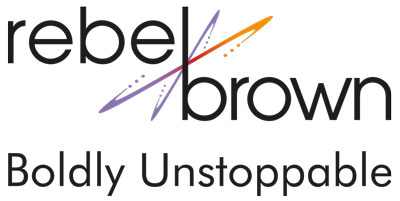Women in STEM simply kickass. Recent research finally proves it.* Here’s the scoop:
- Girls outperformed boys on a national test of technology and engineering literacy that the federal government administered.
- 45 percent of girls and 42 percent of boys scored proficient on the exam, the National Assessment of Educational Progress, or NAEP. Overall, 43 percent of all students were proficient.
- The test was designed to measure students’ abilities in areas such as understanding technological principles, designing solutions and communicating and collaborating. Girls were particularly strong in the latter.
It’s not a huge margin. But it is proof that we women have the minds it takes to stand out in the world of STEM.
Why Women in STEM Kickass
I’ve been one of the women in STEM since I was in high school. Back then I was almost the only woman in STEM. I surely was in my early career. Let’s face it, the social MEME of the time was that guys are engineers and mathematicians and women were good at English and baking.
I did well in high technology when I finished school. Even though I was usually the only woman in the room. Now that I understand how our minds are wired, I have a better idea of why I did so well. And why the other women I knew, the early pioneering Women in STEM, did well too.
I believe those same reasons hold true today. Only today we women are stepping up in numbers to take our rightful place in the world of STEM.
Why Women in STEM KickAss
It’s no coincidence that women are taking our rightful place in the world of STEM. We have the brains that are designed to balance those male brains that make up the STEM majority. Which is exactly why STEM needs women.
Both men and women have the brain structure to facilitate the mathematical and analytic nature of STEM. But women add a new layer of capabilities.
1: 360 degree perspective. Women’s brains are wired to have a 360 degree perspective, taking into account a broader range of data inputs and possibilities than our male counterparts. We will look at any project with a broader perspective, including the inputs and impacts of the science or technology on the softer side of the equation. How a technology will impact a specific group’s lives. How a new scientific approach will limit a certain segment of the population. Why a specific engineering change won’t work for people under 4 feet tall. STEM needs that broader perspective.
2. We Ask More Questions. Way back in 1990, researchers at Georgetown University posited on the differences between women and men in communication. They learned that for men, the goal of conversation is to negotiate for status in the social hierarchy or to preserve independence. Women, on the other hand, use conversation to establish connections, emphasizing similarities and matching experiences. Which is exactly why women ask more questions, while men make more statements and try to prove they are right. Guess what? Asking questions is critical to keep our brains in the innovation side of the equation, When we start making statements, we shut down all creative thinking. Which is why great STEM environments need women to stimulate innovation and creative thinking.
3. Women are wired to listen and communicate. Men are wired to be aggressors, to protect and defend, to continue the species. Women are wired to communicate and nurture, to intuit and feel. Which means we balance the left brain logic and analysis with the human side of STEM. Think how much more productive STEM teams can be with a leader who understand more than the facts they present!
The Bottom Line
Women in STEM can kickass thanks to both their hard and soft skills. When we balance a STEM team with more than just factual information and analytical leadership, we get better results.
According to the U.S. Bureau of Labor Statistics, women make up 47 % of the U.S. workforce. We are less represented in science and engineering occupations. Women make up; 39% of chemists and material scientists, 28 % of environmental scientists and geoscientists, 16% of chemical engineers and just 12 % of civil engineers.
We have the necessary skills, we have the opportunity. The only question now is this.
“Will we step up and help our next generation to thrive in the world of STEM?”
I’m voting for a resounding YES!






